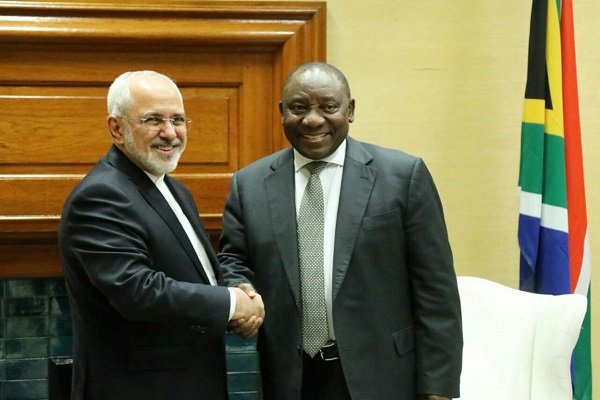The African Development Bank has made known its plan to invest $120 million within the next three years to boost productivity and transform cassava, rice, maize, sorghum/millet, wheat, livestock, aquaculture, high iron beans and orange fleshed sweet potatoes in Africa.
Dr Martin Fregene, the Director for Agriculture at African Development Bank stated this at the fourth International conference on Cassava, being organized by the Global Cassava Partnerships for the 21st Century, GCP21, in Cotonou, Republic of Benin. He pointed out that transforming cassava on the African continent would help African nations to cut imports and redirect about $1.2bn into African domestic economies.
Godwin Atser, an agriculture specialist, stated that the cassava conference was attended by more than 450 local and international partners in the cassava sector.
He emphasized that the bank’s investment in cassava came at a time when African governments are scaling up efforts to end food imports and create wealth. Also, cassava is a strategic crop for Africa’s food security and wealth creation for youth and women. Following the volume of cassava coming from Africa, cassava supports more than 350 million people in Africa.
Dr Gaston Dossouhoui, the Minister of Agriculture Republic of Benin, reiterated that cassava remains the cheapest staple consumed by Africans, stating that “addressing the constraints of cassava production in Africa will have a positive impact on African farmers.” He applauded the President of the African Development Bank, Dr Akin Adesina for his commitment in investing in agriculture and cassava, in particular.
Dr Gaston commended the GCP21 for organizing the fourth International Conference on Cassava, emphasizing that it would contribute to knowledge sharing that would help in removing the bottlenecks in the cassava sector.
Dr Kenton Dashiell, Deputy Director General for Partnerships for Delivery at the International Institute of Tropical Agriculture (IITA) stated that unlocking the potential of cassava required partnerships and close collaboration of partners to address the constraints facing cassava.


